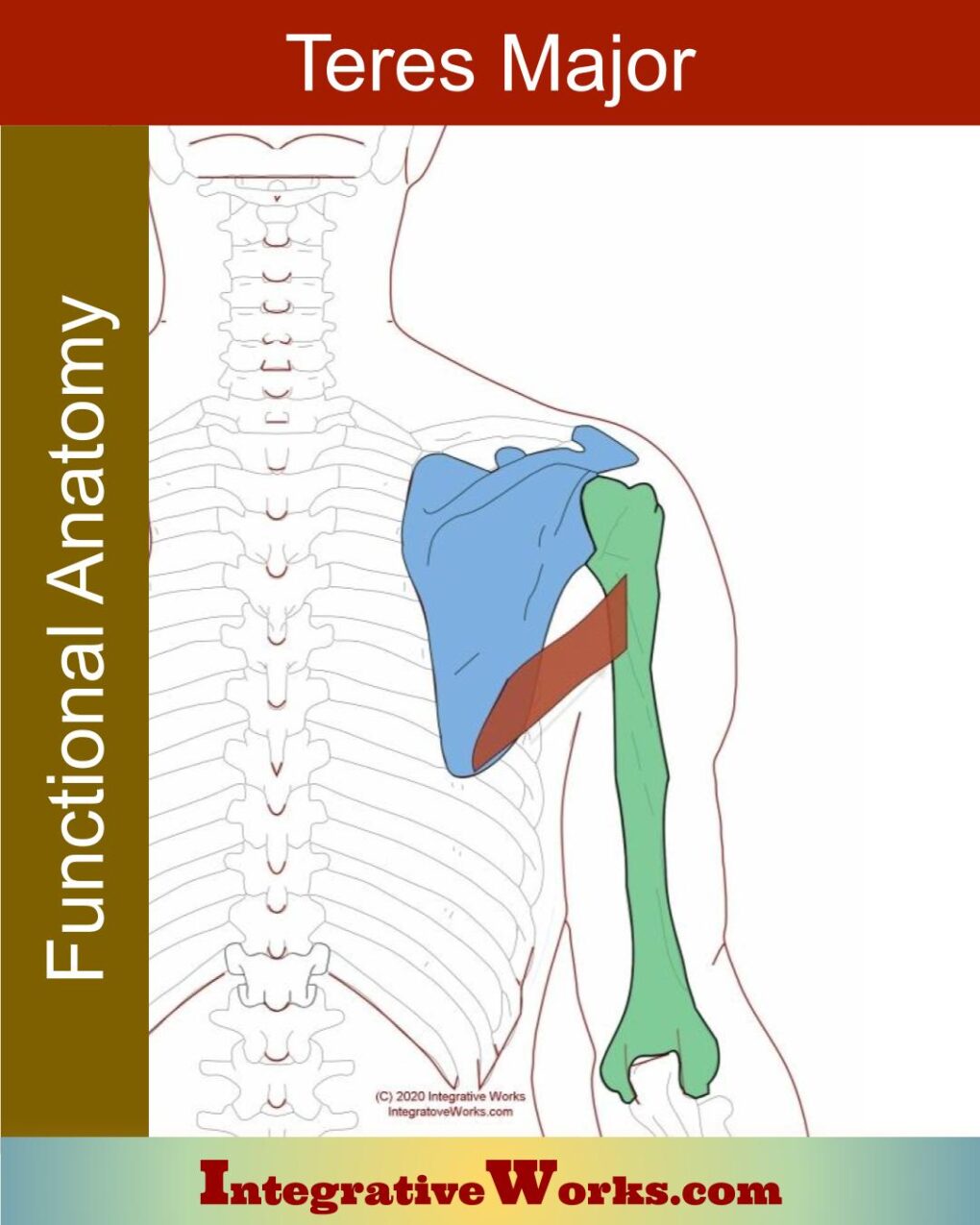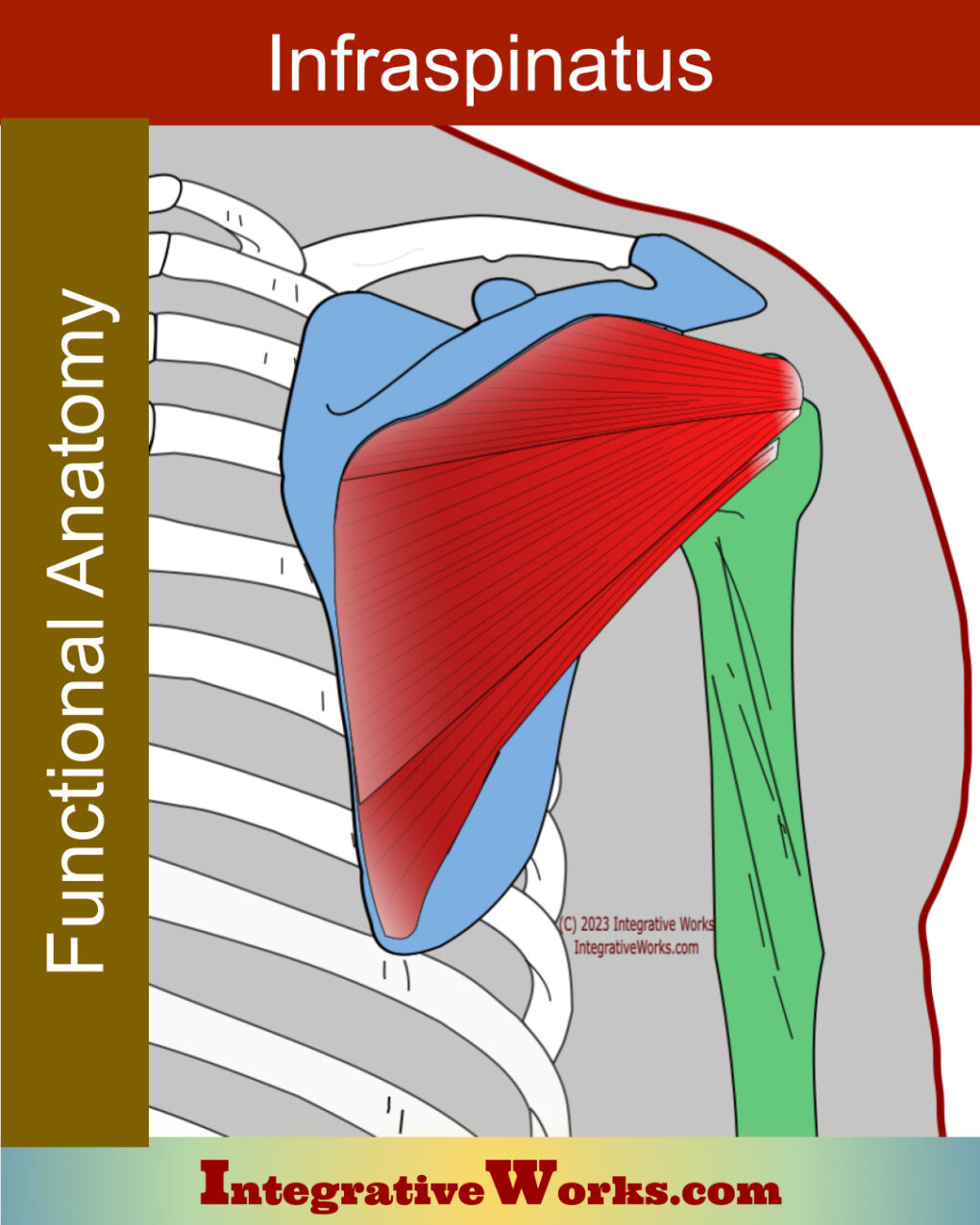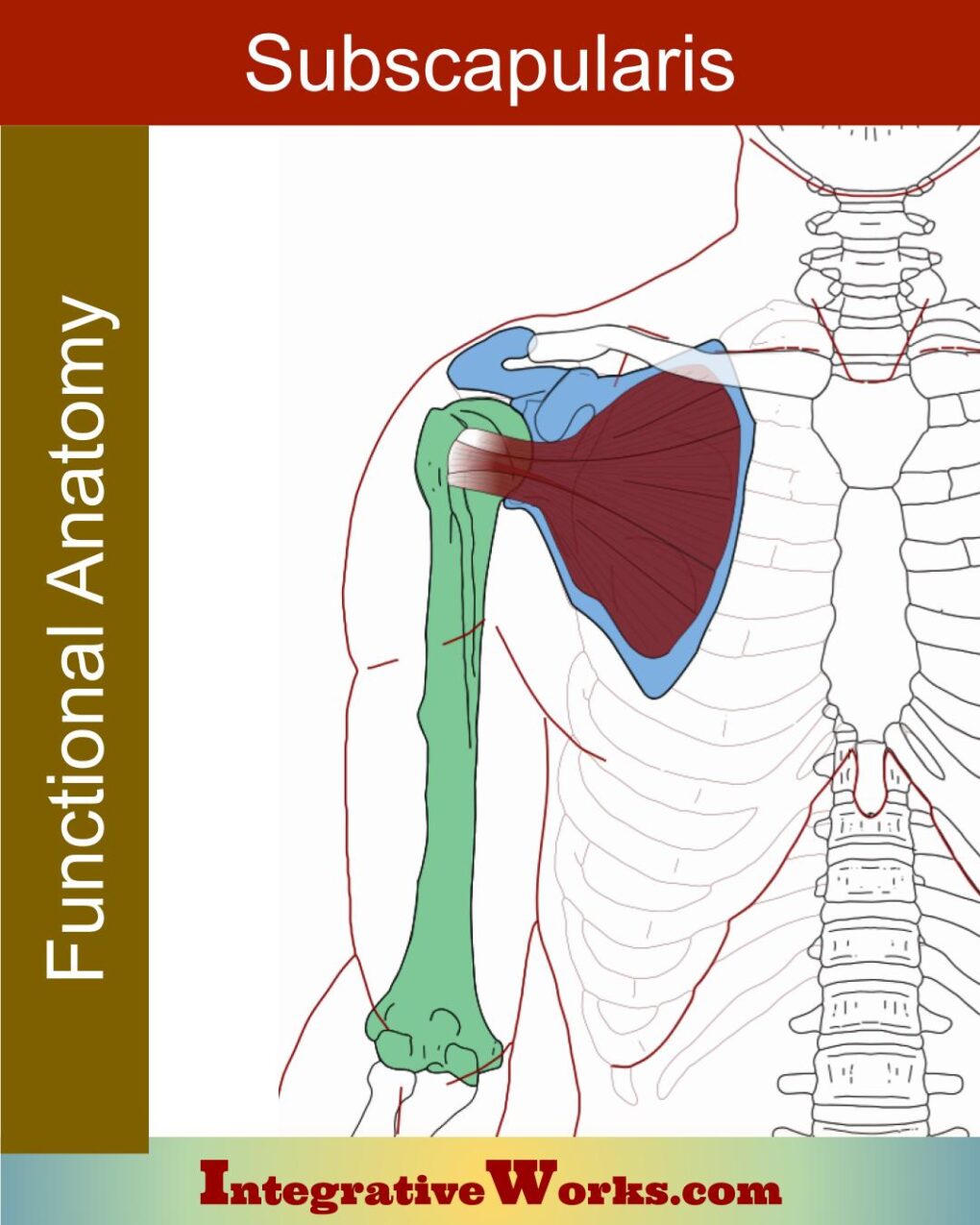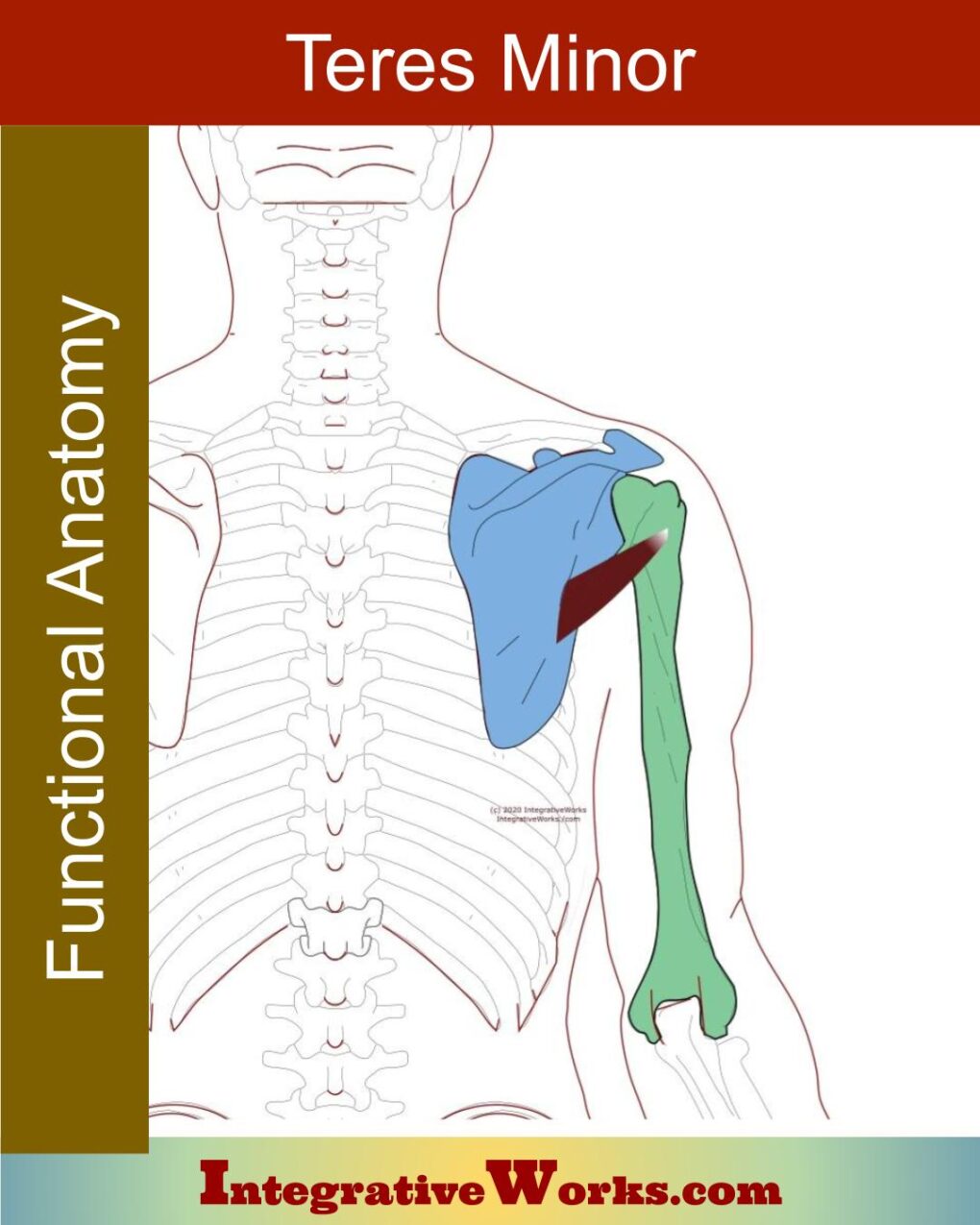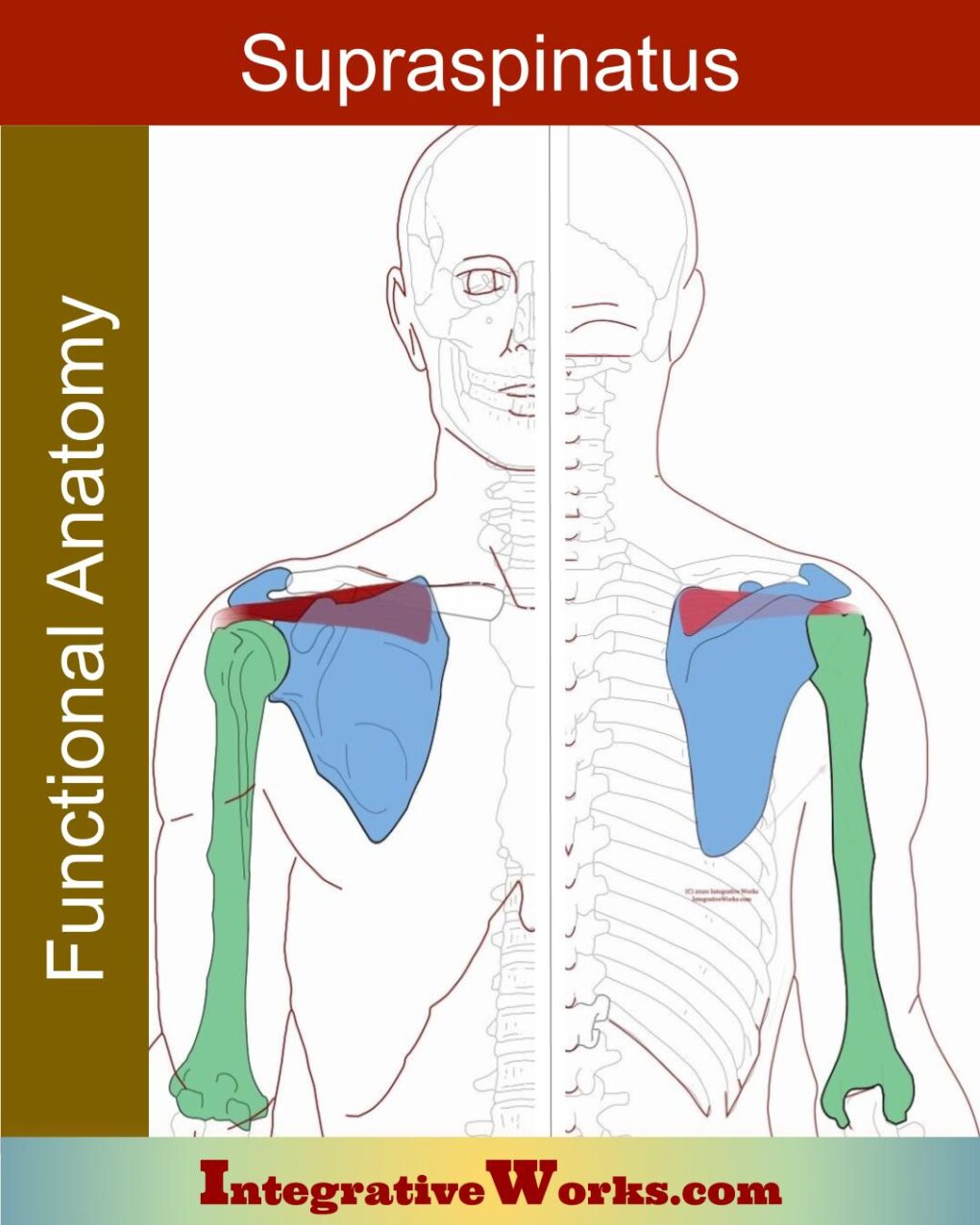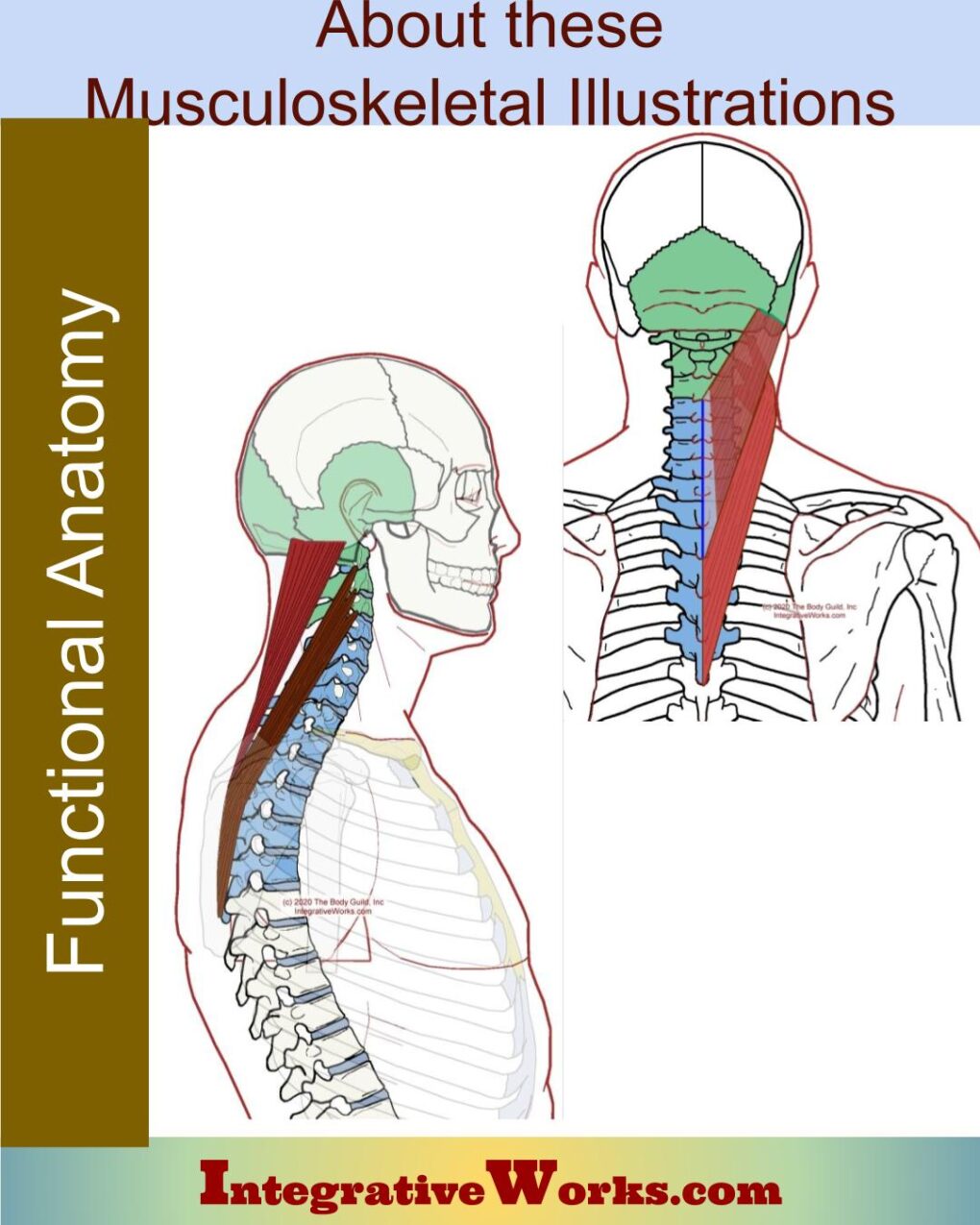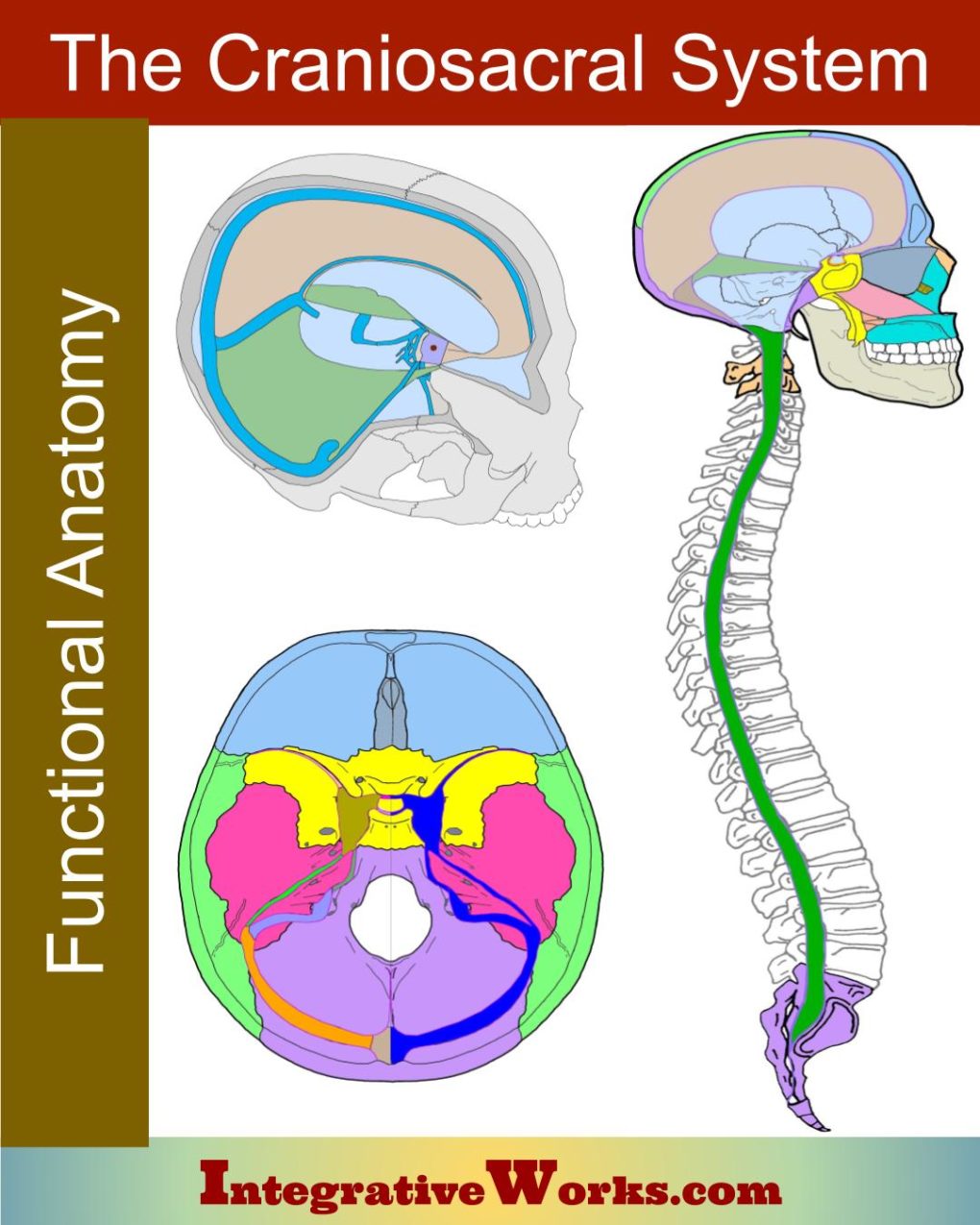Teres Major – Functional Anatomy
Overview The anatomy of the teres major is both complicated and straightforward. At first glance, it is a rounded (“teres”) structure with two attachments. However, variations in the muscles and neurovascular bundle that surround it vary its role in the shoulder. Origin Insertion Function Innervation It is a simple rounded muscle that attaches to the […]

